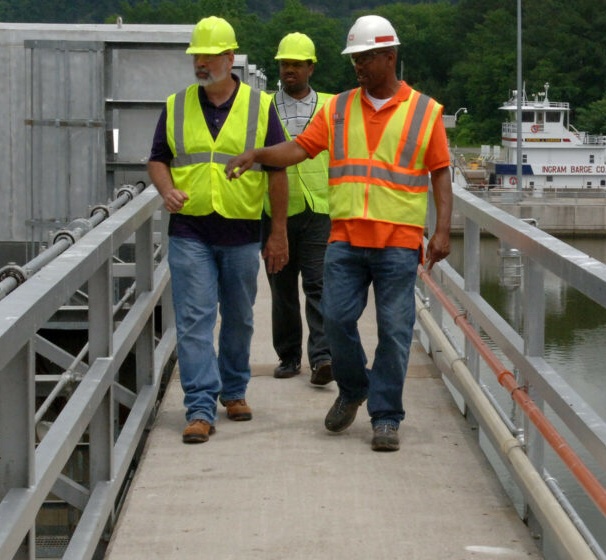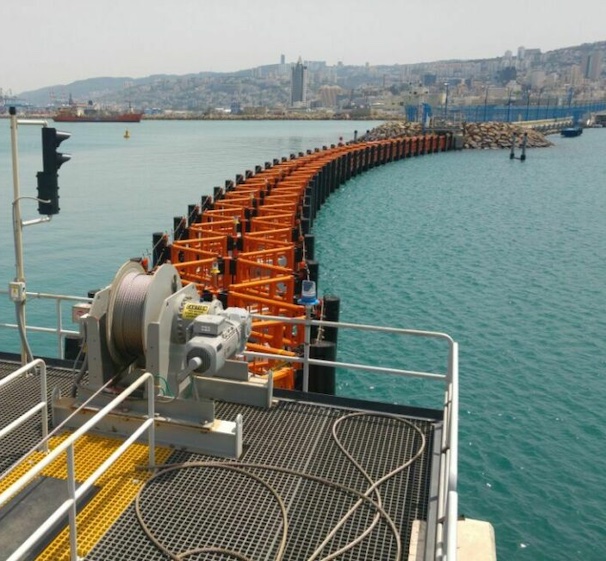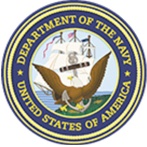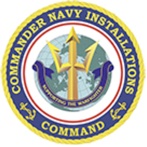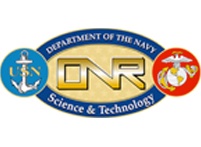June 5, 2016 – Research and Markets
Strategic Defense Intelligence (SDI) is a real-time business research portfolio offering stream of continuously updated customer and competitor intelligence, as well as detailed research reports providing an unrivalled source of global information on the latest developments in the defense industry.
SDI’s dedicated research and analysis teams consist of experienced professionals with an industry background in marketing, market research, consulting and advanced statistical expertise. SDI offer value-added market research, insight and strategic analysis and research products to help companies to make better, more informed, strategic and tactical sales and marketing decisions.
We spoke to Senior Analyst Ruchi Chaturvedi about the key developments, challenges and opportunities facing the global military market today. Part 1 of this Q&A focuses on the biggest developments in the three key areas of Army, Navy and Airforce.
Q: What have been the most remarkable developments in the global military market over the past decade? How have these influenced the market, and what further developments can we expect?
Defense cuts, combined with a substantial increase in the cost of developing technologically superior weapons platforms, have encouraged collaboration between governments, services, and industries. This has led to an increase in joint development and procurement programs, which are expected to continue over the next 10 years. Defense equipment manufacturers are continuously working towards developing new technologies in an effort to enhance the efficiency and survivability of soldiers. Major Military Developments in the past decade have taken roots across all the Military categories i.e., Army, Navy and Air Force.
NAVY
STEALTH TECHNOLOGY IN NAVAL WARSHIPS
Although stealth technology has historically been used in aircraft, its use in naval surface combatants has advanced in recent years. In modern combat, large weapon systems are detected primarily by electronic means, and it is difficult detect a stealth vessel due to its low visibility, giving it a crucial time advantage over other ships. Stealth technology increases survivability in surface combat and substantially increases the chances of avoiding an attack, and in situations where visibility is required, a ship’s commander can order a radar reflector to be hoisted on a special mast that can be raised and lowered, to eliminate the vessel’s stealth status. These ships are constructed with carbon fiber-reinforced plastic materials to absorb radar signals, and are designed with more angles in the hull and superstructure to reduce radar detection.
Swedish corvette HMS Visby (K31) is the first ship to use stealth technology extensively, while the Zumwalt-class destroyer DDG-1000 is a multi-mission ship being built for the US Navy, which will have stealth technology. The Indian Navy is also building Shivalik-class stealth frigates, which have low observability, enhanced seakeeping, integrated combat systems, and enhanced shipboard automation.
BALLISTIC MISSILE DEFENSE CAPABILITIES IN NAVAL WARSHIPS
Recent years has witnessed various countries upgrading their fleet of naval warships including frigates, cruisers, destroyers, and amphibious ships with ballistic missile defense capabilities. With various countries currently involved in border disputes and other geo-political conflicts, governments are upgrading their naval vessels with anti-ballistic missiles to combat existing threats. Facing considerable ballistic missile threats from adversaries, the US and the prominent countries in Europe, Asia, and the Middle East are spending robustly to equip their warships with integrated air defense combat systems. One of the major programs highlighting this trend is the modernization of 22 cruisers and 62 destroyers by the US. With an estimated cost of US$16.6 billion, the program includes the installation of Aegis ballistic missile combat system on 62 destroyers and 10 cruisers. Concurrently, Russia is overhauling its Admiral Nakhimov nuclear-powered cruiser with a view of equipping it with P-800 Yakhont (SS-N-26) anti-ship cruise missiles, an advanced air defense missile systems based on the land-based S-400 Triumf, and new point-defense systems. Another major program is the upgrading of six Aegis Destroyers by the Japanese Maritime Self–Defense Force.
NEW BARRIER TECHNOLOGY TO PROTECT SHIPS IN HARBOR
The US Navy’s Office of Naval Research (ONR) and HALO Maritime Defense Systems have jointly developed a new maritime security barrier to protect warships in harbor. The new HALO Barrier system, which could provide a quantum leap in existing sea-port protection, provides protection to ships against speeding attack vessels in port and requires less manpower and lower maintenance. The HALO barrier has undergone a series of crash-tests using a full-size speedboat and validated its increased protection capability by stopping the high-speed speedboat almost instantly.
CONCLUSION
Technological developments are facilitating the advancement of the global military market, resulting in greater land vehicle mobility, ship stealth capacities, more comprehensive cyber security and warfare solutions, and faster aircraft. As Ruchi pointed out, defense cuts and increased costs have led to collaborations between governments, services and industries, and the creation of innovative military technologies. Remember to check back tomorrow for Part 2 of this Q&A, when Ruchi will discuss military UAVs and the challenges this market faces.
Source:http://www.researchandmarkets.com/blog/analyst-qanda-sdi
